Nov. 24, 2020
Metal oxide varistors are used for transient protection of electronic circuits.
A varistor can be considered a form of resistance, where the resistance changes significantly with the applied voltage. The most common types of varistors use metal oxides, so they are often referred to as metal oxide varistors or MOVs for short.
Considering that their resistance depends on the applied voltage, they can also be referred to as voltage-dependent resistors.
Their more familiar name varistor comes from the fact that these components are "variable-resistors", that is, the varistor is an acronym for two words.
You can see that the varistor circuit symbol is very similar to the thermistor. It consists of a rectangular basic resistor symbol with a rectangle that crosses the diagonal and a small additional cross-section parallel to the body of the resistor symbol. This shows the non-linear characteristics of the varistor.
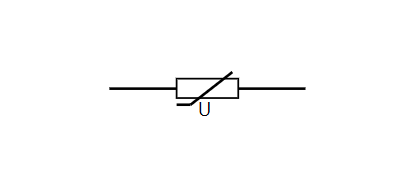
Varistor Circuit Symbol
Although some other symbols may sometimes be used, the symbols shown are the most widely used and have been maintained under common standards.
The key characteristic of a mov varistor is that when a low voltage is applied across the varistor, it has a higher resistance, and for a higher voltage, the varistor will drop. Cause the varistor to conduct. As a result, they can be used for surge protection.
Select the varistor so that it does not conduct to the normally applied voltage, but select its conduction voltage so that the device starts to conduct above the normally applied voltage. In this way, any large transient voltage will be short-circuited and dissipated, thereby protecting the device.
There are two main varistor variants:
Ceramic/metal oxide varistor: This form of a varistor is the most widely used and is a form often mentioned when the term "varistor" is stated. Varistors are bidirectional, based on ceramics or metal oxides. As a result, this form of device is often referred to as a metal oxide varistor or MOV.
Diode varistor: This type of structure uses the characteristics of a diode to provide variable resistance. If only a single diode is used, it only works in one direction, but back-to-back diodes are used to provide bidirectional variable resistance characteristics. When an ordinary diode is used for protection, it is usually not called a varistor.
Varistors are used in many fields and are usually used for surge protection across the line to be protected or in many areas from the line to the ground. Under normal conditions, they consume very little current, but when there is a surge, the voltage will rise above the knee or above the clamp voltage and will absorb the current, thereby eliminating the surge and protecting the equipment. The actual surge is absorbed by the varistor and part of it is taken away.
Metal oxide and silicon carbide varistors work because of the grain boundaries between the grains of the material act as small PN junctions. The whole assembly is like a large number of small diodes in series and parallel. When a low voltage is applied, since the junction is reverse biased and the only current is leakage current, current rarely flows. When a surge exceeding the clamping voltage appears across the device, the diode will undergo an avalanche breakdown, and a large current can flow through the device.
Varistors are only suitable for short-term pulses, not for continuous surges. Their size limits the power they can dissipate. Exceeding the rated time or voltage may cause the equipment to burn out, or in extreme cases, they may explode when the energy that needs to be dissipated is too high. Therefore, it is very important to operate them within the rated range.
It should also be noted that a metal oxide varistor (MOV) subjected to repeated surges may slightly change its performance and reduce its performance. After they experience a surge, the clamping voltage will drop a bit, which will eventually cause its damage.
Due to this failure mode, the MOV is usually connected in series with a thermal switch/fuse, and if too much current is consumed, the switch will activate.
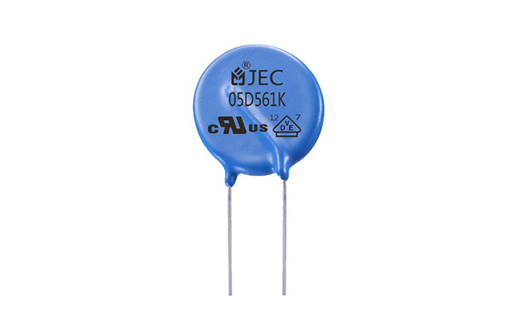
MOV Varistor
When choosing a varistor for a given application, many parameters need to be considered. Some key move electronics specifications are listed below:
Clamping voltage: The varistor starts to show a voltage that is clearly turned on.
Rated voltage: This voltage (expressed as AC or DC) is the maximum voltage at which the device can be used. It is usually best to have a good margin between the rated voltage and the operating voltage, although this needs to be balanced with the clamping voltage and the required protection level.
Peak current: This is the maximum current that the device can handle. It can be expressed as the current at a given time.
Maximum pulse energy: This is the maximum pulse energy that the device can dissipate, in joules. The rated energy of a varistor is usually defined using standardized transients. Transients are expressed in x/y format, where x is the time for the transient to rise and y is the time to reach half of its peak value. Typical formats are 8/20 and 10/1000.
Response time: This is the time when the varistor starts to conduct after the pulse is applied. In many cases, this is not a problem. The typical value is sub 100nS.
Capacitance: The metal oxide varistor has a relatively high capacitance in the entire device. Although this may not be a problem for low-frequency applications, when it is used with data-carrying lines, etc., problems may arise. Therefore, it is necessary to check the capacitance value across the device of any circuit that may cause noise. problem. Although a low capacitance version can be used, the capacitance level of a typical metal oxide varistor may be between 100 and 1000 pF.
Standby current: The standby current is the current level drawn by the varistor when it is lower than the clamping voltage. Generally, this current will be specified at a given operating voltage across the device.
Typical areas where varistors are used include:
Surge protection power adapter and power strip
Telephone and other communication lines
Power supply-the power supply usually connected to the main power cord
General electronic equipment protection
Automotive Electronics-Automotive electronics are notorious for having many spikes on power lines
Industrial high-energy AC line protection
Varistors are also used as microwave mixers in some cases for modulation, detection, and frequency conversion, although this is not a standard application.
Varistors can provide important protection for electronic circuits that may be affected by pulses and voltage spikes. They can transfer energy to the ground to protect equipment. These varistors are used in many projects, such as surge protection main sockets. They are used to protect computers and other equipment that may be affected by power surges and spikes.
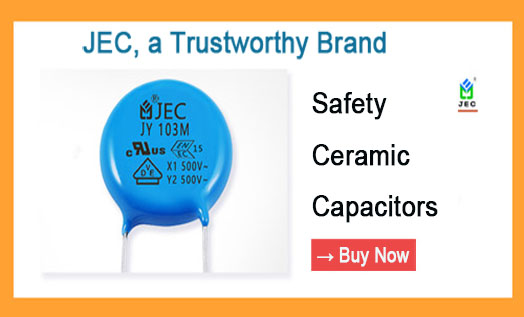
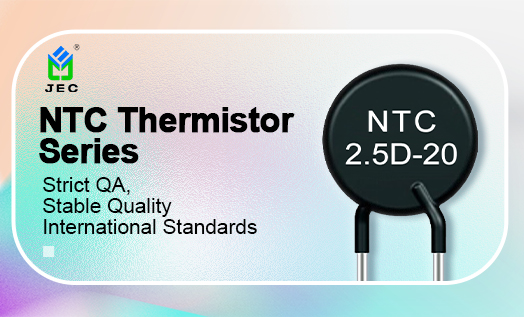
3 Tips Help U Find Reliable Thermistor Manufacturers
Nov. 24, 2020
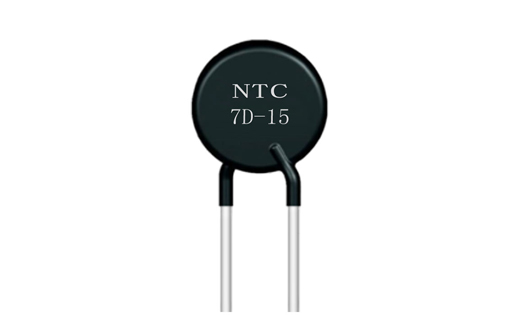
Nov. 24, 2020
+86 181 2299 5593
+86 18122995593
+86 769 8831 3605
Beside Luchong Bridge, Hou Road, Caibai Village, Daojiao Town, Dongguan, Guangdong, China
Navigation